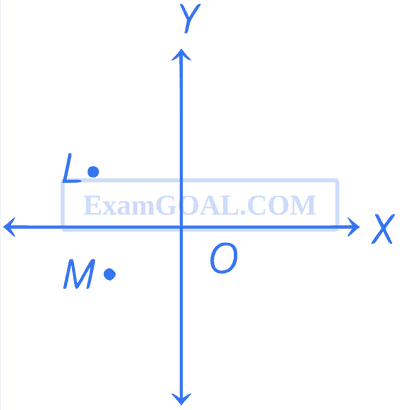
An electron revolves around the nucleus in a circular path with angular momentum $$\overrightarrow L $$. A uniform magnetic field $$\overrightarrow B $$ is applied perpendicular to the plane of its orbit. If the electron experiences a torque $$\overrightarrow T $$, then

A straight wire is placed in a magnetic field that varies with distance x from origin as $$\overrightarrow B = {B_0}\left( {2 - {x \over a}} \right)\widehat k$$. Ends of wire are at (a, 0) and (2a, 0) and it carries a current I. If force on wire is $$\overrightarrow F = I{B_0}\left( {{{ka} \over 2}} \right)\widehat j$$, then value of k is

A horizontal semi-circular wire of radius r is connected to a battery through two similar springs X and Y to an electric cell, which sends current I through it. A vertically downward uniform magnetic field B is applied on the wire, as shown in the figure. What is the force acting on each spring?



Consider two infinitely long wires parallel to Z-axis carrying same current I in the positive z-direction. One wire passes through the point L at coordinates ($$-$$1, +1) and the other wire passes through the point M at coordinates ($$-$$1, $$-$$1). The resultant magnetic field at the origin O will be